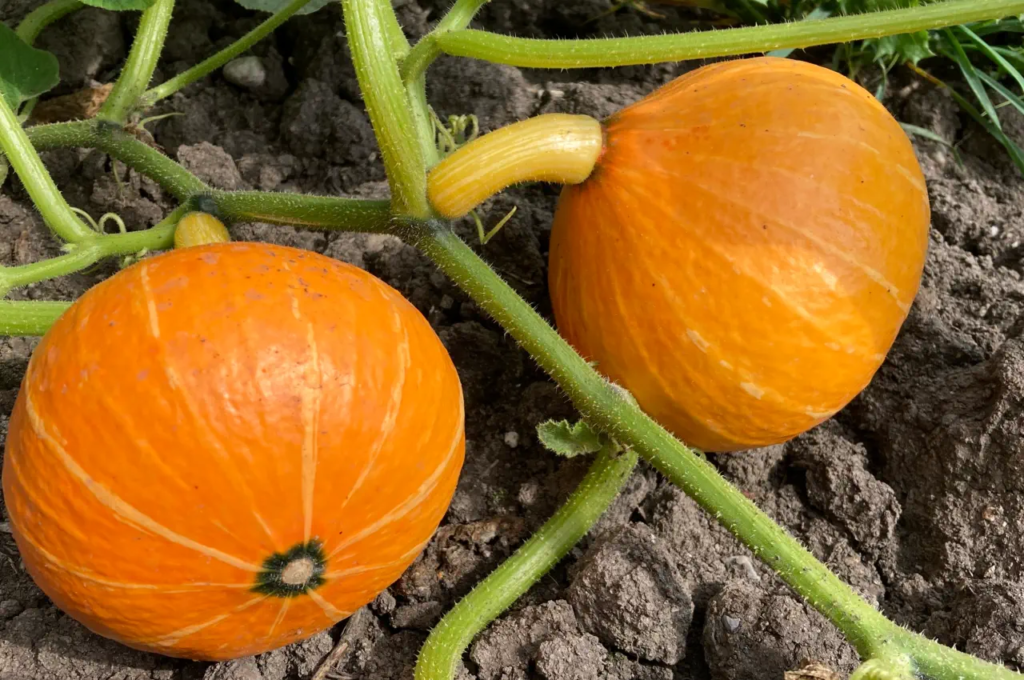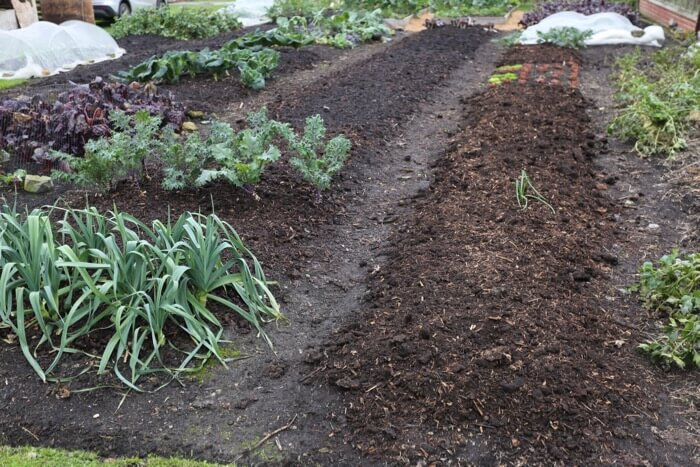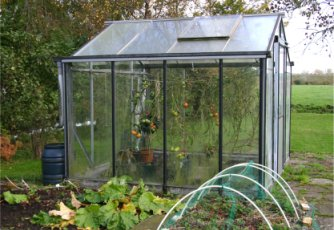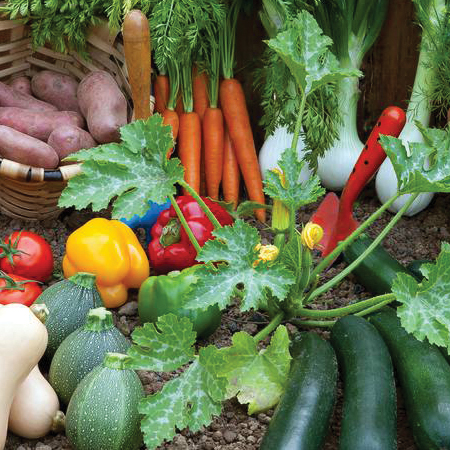Written by Benedict Vanheems | 2 September 2023
As summer draws to a close, early autumn is the perfect time to celebrate the last of the season’s harvest while preparing your garden for cooler months. Tackling these essential tasks now will ensure your garden remains productive and problem-free for the next growing season. Let’s dive into 12 must-do garden jobs for early autumn.
1. Multiply Your Strawberry Plants
Autumn is ideal for expanding your strawberry patch, and it’s easy to propagate new plants from existing ones. After flowering, strawberries produce runners with plantlets. Pin these down onto soil or pots using U-shaped wire pins to encourage rooting. Once rooted (in about a month), separate the new plants and either overwinter them in pots within a greenhouse or cold frame or replant them directly.
2. Ripen Winter Squash
Prevent rot and promote flawless ripening by placing tiles or slates beneath winter squash and pumpkins. This keeps the fruit off damp soil, ensuring healthier harvests.

3. Save Vegetable Seeds
Boost your garden’s self-sufficiency by saving seeds. Beans, tomatoes, peppers, and lettuce are excellent candidates. Allow bean pods to dry on the vine until straw-colored, then harvest and dry seeds indoors. For biennials like onions or carrots, let plants overwinter to flower and set seeds next season.
4. Clear Old Crops
Clear spent crops and weeds promptly to make way for new plantings or soil improvement. Add compost or well-rotted manure (about 3cm thick) to replenish nutrients for the next season.

5. Plant Spring Cabbages
Now’s the time to plant spring cabbage, a hardy crop that thrives in frosty conditions. Space seedlings 20cm apart, and protect them from birds with netting.
6. Retain Heat for Late Crops
Trap daytime warmth in greenhouses or cold frames by closing doors and windows in the late afternoon. This simple step helps extend the ripening period for tomatoes, peppers, and other heat-loving crops.

7. Sow Cover Crops
Bare soil benefits from cover crops like mustard, grazing rye, or field beans. These “green manures” improve fertility, suppress weeds, and protect soil structure through winter.
8. Harvest and Store Potatoes
Lift spring-planted potatoes before slugs damage them. Harvest on a dry day, let tubers dry on the soil surface for a few hours, then store in breathable sacks in a cool, dark place.
9. Keep Harvesting
Regularly picking ripe produce like tomatoes, beans, and zucchini keeps plants productive. With frost approaching, maximize your harvests to enjoy the season’s bounty to the fullest.

10. Make Quick Pickles
Preserve excess cucumbers by making quick pickles. Slice cucumbers, pack them into jars, and pour a brine of vinegar, water, sugar, salt, garlic, and spices. Refrigerate for a few days to enjoy a tangy treat that lasts for months.
11. Trim Hedges
Early autumn is the time to tidy up overgrown hedges. Use hand shears or a powered trimmer, and lay tarps to collect trimmings for composting. Check for active bird nests before cutting, and wear safety gear when handling tools.
12. Sow Winter Salads
Winter-hardy salads and Asian greens germinate quickly in autumn. Sow now to enjoy fresh greens during the colder months.
